
The stroke end adjustment is a mechanism to adapt the slide tables stroke end position to a mechanical stopper on other equipment, etc.
Bore size (mm) A B MG Courtesy of Steven Engineering, Inc.-230 Ryan Way, South San Francisco, CA 94080-6370-Main Office: (650) 588-9200-Outside Local Area: (800) 258-9200-www.stevenengineering.com 40 63 100 4 0 14.5 0 CX 19.5 0 Dimensions above denote the standard strokes. Adjustment on A dimension is required for intermediate strokes.
MXW MXP Air-hydro Copper Free MG Low hydraulic pressure cylinder under 1.0MPa Through the concurrent use of a CC Series air-hydro unit, it becomes possible to operate at a constant or low speed or to effect an intermediate stop, just like a hydraulic unit, while using pneumatic equipment such as a valve.
F A A MX Lr MTS MXF16 Lr = 40 mm MY 0.20 0.07 0.07 CY 0.06 0.06 MXF16-75 Table displacement amount (mm) Table displacement amount (mm) Table displacement amount (mm) 0.16 MXF16-75 MXF16-75 MXF16-50 MXF16-30 0.05 0.05 MG Courtesy of Steven Engineering, Inc.-230 Ryan Way, South San Francisco, CA 94080-6370-Main Office: (650) 588-9200-Outside Local Area: (800) 258-9200-www.stevenengineering.com
: One-touch fitting 1(P): Male thread 2(A): One-touch fitting 1(P): One-touch fitting 2(A): Male thread 1(P): Male thread 2(A): Male thread 2(A) 2(A) 2(A) 2(A) Applicable tubing O.D.
B 14.4 10 With across flats 7 M3: M3 x 0.5 M5: M5 x 0.8 A PSE54-M5 PSE54-M3 PSE54-R06 PSE54-R04 A A 11.5 10.8 6 4 B 3.5 3 B 20 18 Common dimensions PSE54-IM5 18 3000 13 9.6 8.7 9 4 M5 x 0.8 PSE5401 N01 PSE54-IM5H 8.7 13 3.4 01: R 1/8 N01: NP T1/8 3 8 With across flats 12 M5 x 0.8 7 M5 x 0.8 16-3-26 5 Pressure Sensor For General Fluids Series PSE560 How to Order ZSE ISE Pressure sensing range
10-10 0 5 10 t i o o n L DTime [min] Operation cycles -X e e a a l l k k a t e l u w w g a a c 2 e i o o g g 1 O-ring seals separate vacuum and atmosphere. t Employs a magnetically coupled rodless cylinder with no air leakage from moving parts. n 1 r a L L e e e Particulate generation from the linear guide unit has been reduced with the use of a stainless steel linear guide and low particulate
Nut Replacement Parts: Seal Kit (A rod seal @7, a piston seal @8 and a tube gasket @9 are included in the seal kits. Order the seal kits with ordering numbers.) Kit no.
Make sure to connect a speed controller and adjust it to a speed of 500 mm/s or less to operate the cylinder.
Make sure to connect a speed controller and adjust it to a speed of 500 mm/s or less to operate the cylinder.
I f a p re s s u re g re a t e r t h a n t h e s e t p re s s u re i s re a c h e d , t h e u n i t w i l l o p e n , c l o s i n g w h e n p re s s u re i s l e s s t h a n s e t pressure.
ARJ AR425 to 935 Air-operated type Pilot pressure VBA11A VBA10A, 20A, 40A, 43A ARX Drive chamber A Governor Drive chamber A Governor Drive chamber B Booster chamber A AMR IN (Inlet) IN (Inlet) Drive chamber B ARM VBA22A, 42A Piston rod Piston rod ARP Booster chamber A IR-A Piston Piston IR Check valve Booster chamber B Booster chamber B Check valve IRV Switching valve Switching valve E OUT
B D A A B D B D Dimensions (mm) Dimensions (mm) Dimensions (mm) A B C D E F Y A B C D E F G Y A B C D E F Y Model Model Model ZP40HB ZP63HB ZP100HB 40 41 28 43 20.5 30 13 63 65 46 68 31.5 50 4.5 21.5 100 103 69 107 47.5 80 35.5 ZP125HB ZP50HB ZP80HB 50 52 36 54 24 40.5 16.5 80 83 58 85 37 64 5 27.5 125 129 89 135 56 105 44 1213 Series ZPT/ZPX How to Distinguish Different Pad Materials How
Fine Lock Cylinder with Guide Series MLGC 20, 25, 32, 40 A linear transfer cylinder unit with a built-in locking mechanism and a guide rod integrated in a compact design.
7 w i t q Courtesy of Steven Engineering, Inc.-230 Ryan Way, South San Francisco, CA 94080-6370-Main Office: (650) 588-9200-Outside Local Area: (800) 258-9200-www.stevenengineering.com A A' @6 #2 @8 @9 #0 !8 !9 #1 @7 !4 !
Piping Specifications: 01 (R1/8 Piping Adapter, Side Ported), Output Specifications: A (NPN Open Collector 2 Outputs)
Piping Specifications: M5 (M5 Female Thread/Side Piping Port), Output Specifications: A (NPN Open Collector 2 Outputs)
Type: Pressure Switch, Fluid Type: Air, Sensor, Monitor Structure: [Integrated Type] Integrated shape, Analog Output Specification: -, Pipe Port Type: [Threads] Male thread, Plumbing Thread Type: [Rc (R)] R, Plumbing Thread Nominal: [1/8] 1/8, Fluid Characteristics: Noncorrosive / Incombustible, Pressure Resistance(MPa): 1.5, Operating Temperature Range(°C): -5~50, Operating Humidity Range
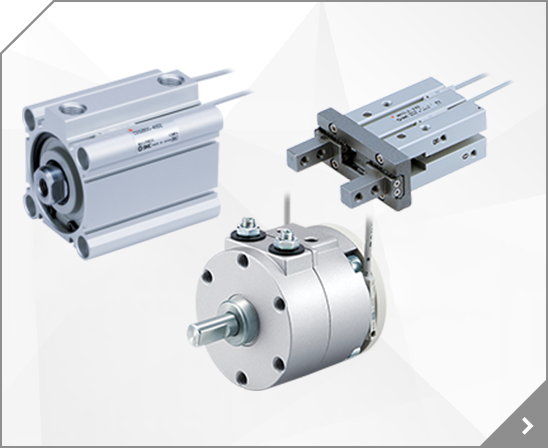
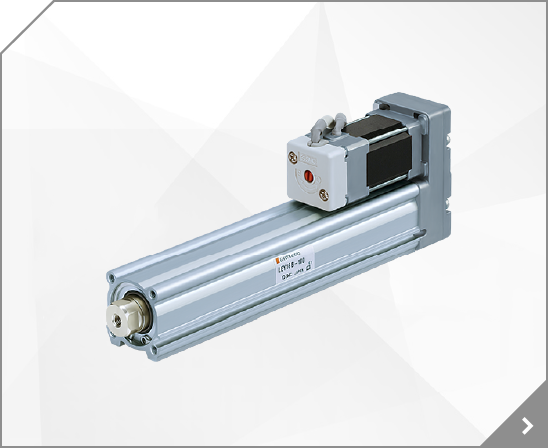
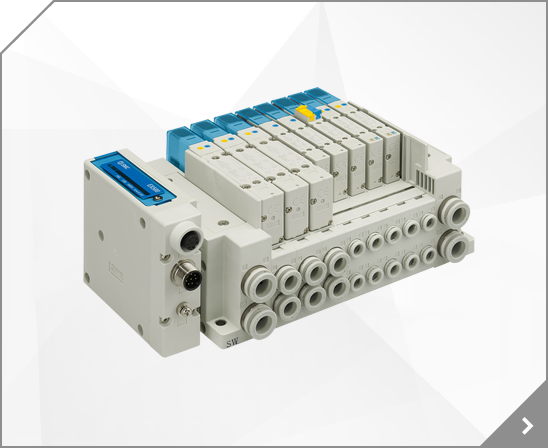
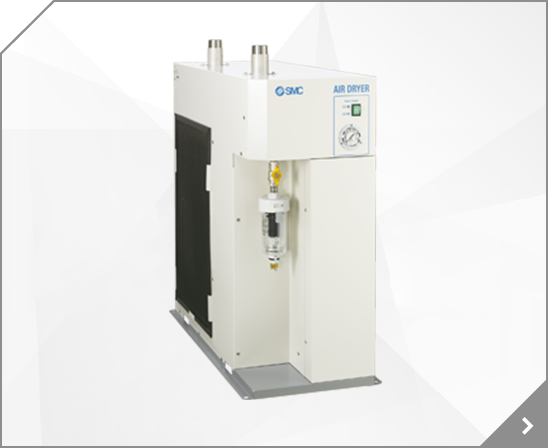
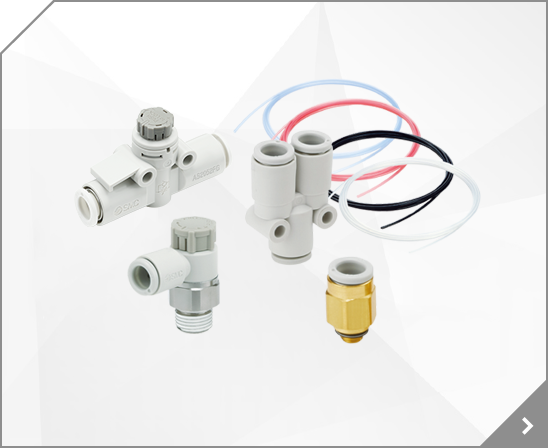
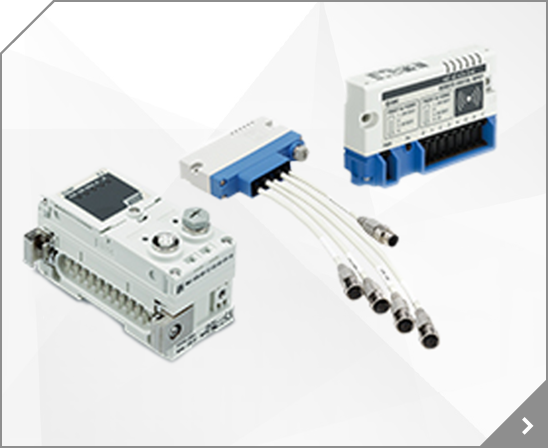
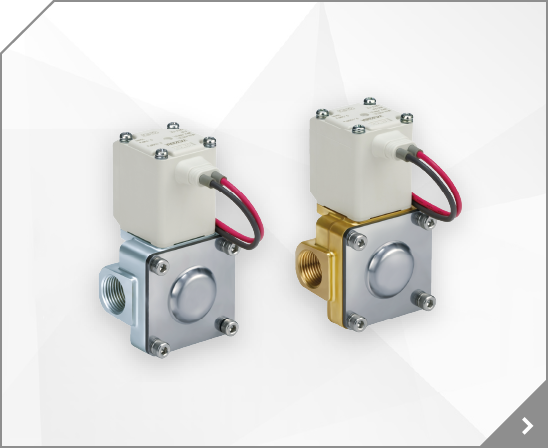
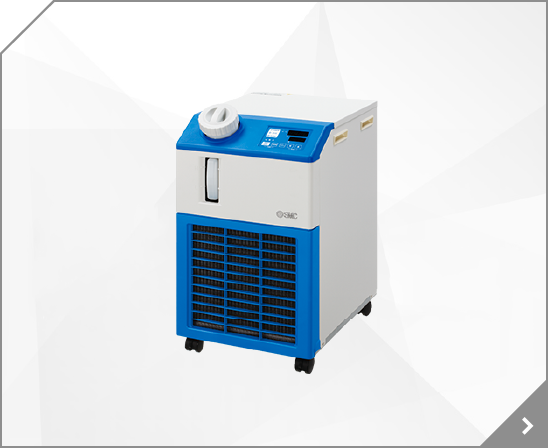
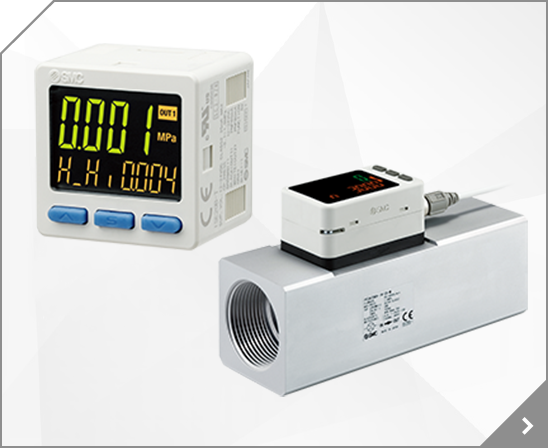
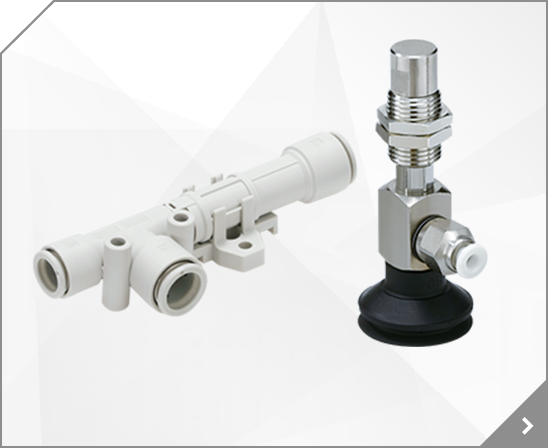

 Clean Room Rodless Cylinder Series CYP ø15, ø32 1
Clean Room Rodless Cylinder Series CYP ø15, ø32 1